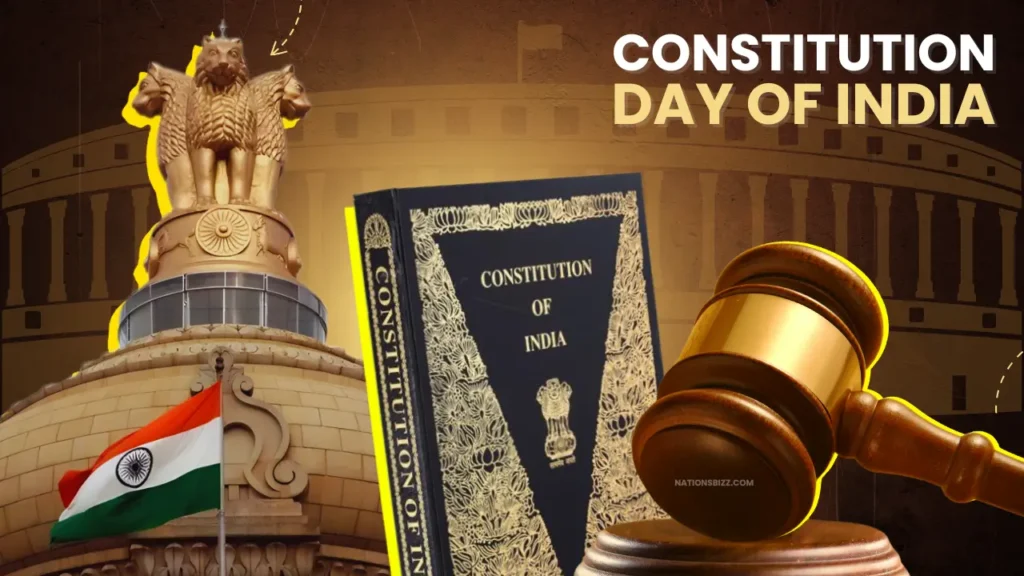On June 12, 2025, Air India Flight AI-171 crashed shortly after takeoff in Ahmedabad. The Boeing 787 Dreamliner, headed to London, struck the BJ Medical College hostel building. 241 of the 242 people onboard died, along with several individuals on the ground, including medical students in the dining hall. This devastating incident is now being called one of the worst aviation disasters in Indian history. In this article, we break down the facts, the possible reasons behind the crash, and what authorities believe might have gone wrong with Air India Flight AI-171.
Timeline of the Crash
- 12:02 PM: Flight AI-171 takes off from Sardar Vallabhbhai Patel International Airport, Ahmedabad.
- 12:03 PM: Pilots report issues with engine performance and request an immediate return.
- 12:04 PM: The aircraft loses altitude and crashes into the BJMC hostel mess hall.
- Casualties: 241 passengers and crew died. At least 10 students on the ground were killed.
The crash site was horrifying. Debris, fire, and structural collapse turned the medical college’s dining hall into a disaster zone. Rescue teams, the Army, NDRF, and fire services reached the site within minutes.
Ahmedabad Plane Crash 2025: Why It Happened
The main focus of investigation is a combination of heat, high altitude, and heavy load—known in aviation as “Hot and High” conditions.
Extreme Heat: The Invisible Danger
Ahmedabad was facing intense summer heat on June 12. At 37°C, the air becomes thinner, reducing the amount of lift an aircraft can generate and affecting engine performance.
This is what pilots refer to as “density altitude” — when hot air makes it feel like you’re flying at a much higher altitude, reducing engine efficiency and wing lift.
Heavy Load + Long Flight = Risk
Flight AI-171 was flying to London, a long international route. This means:
- Full fuel tanks (very heavy)
- Over 240 passengers
- Luggage and cargo
A fully loaded aircraft requires more runway and more lift — both of which were in short supply under hot weather conditions.
Short Climb and Sudden Stall
According to aviation experts:
- The aircraft barely reached 600 feet after takeoff.
- It failed to gain speed or altitude.
- Engines were working harder than usual but couldn’t provide enough thrust.
The result? A stall — where the plane is technically flying but lacks the lift to stay airborne.
Victims on the Ground
The plane crashed into the BJMC medical college hostel, during lunch hours. Dozens of students were in the dining hall.
- At least 10 students died
- 20+ were injured or missing
- Many bodies were recovered from under rubble and fire
It’s heartbreaking that a place meant for healing — a medical college — turned into a site of such immense loss.
Investigation Underway
The Directorate General of Civil Aviation (DGCA), along with international bodies like the FAA (USA) and Boeing, have launched a full investigation. The flight’s black box has been recovered and will provide data on:
- Engine performance
- Flap settings
- Pilot decisions
- Weather conditions
Meanwhile, Air India has grounded similar aircraft (Boeing 787s with GE engines) for safety checks.
Could someone have prevented this crash?
Yes — and this is what’s most tragic.
Experts say that:
- The flight should have been delayed or rerouted
- The aircraft should have carried less fuel or cargo
- Real-time temperature warnings should have triggered an alert
Many are calling for better safety procedures for flights departing from Indian cities during extreme summer heat.
What Happens Next?
In the coming weeks, we can expect:
- A full report from DGCA
- Compensation for families of victims
- Global review of aviation rules in “Hot and High” zones
- Reassessment of summer operations from Ahmedabad and other Indian cities
Lessons from the Ahmedabad Plane Crash 2025
The Ahmedabad plane crash 2025 is not just a tragic accident — it’s a wake-up call.
It reminds us that even the most advanced aircraft cannot overcome nature if we ignore the rules of physics. High temperatures, full loads, and poor planning can be a deadly mix.
As India mourns this enormous loss, we must ask — are our aviation systems ready for extreme weather?





















